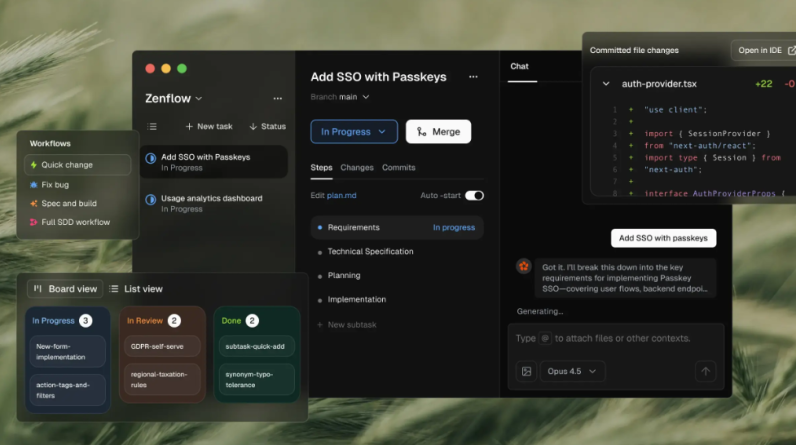
Threat Detection and Incident Response (TDIR) is at the forefront of every Chief Information Security Officer’s (CISO) agenda. The relentless pace of technological advancements and the continuous evolution of cyber threats demand that security leaders stay ahead through constant innovation and rigorous training. Among the most promising advancements are artificial intelligence (AI) and automation technologies, which have shown great potential in enabling Security Operations Center (SOC) teams to outpace adversaries. However, integrating these new technologies effectively, without incurring significant operational overheads or introducing unknown risks, remains a significant challenge.
The Race to Reduce Attack Dwell Time
Attack dwell time, the interval between an initial breach and its detection, is a crucial metric in cybersecurity. The longer attackers go undetected, the more damage they can inflict. Reducing attack dwell time is therefore essential. Despite recent advancements in TDIR capabilities, adversaries are becoming increasingly sophisticated, often achieving their objectives faster than security teams can detect and respond to their activities. This underscores the need for even faster and more effective detection and response mechanisms.
The Challenges of SIEM, SOAR, and Data Detection Siloes
Traditional Security Information and Event Management (SIEM) systems and Security Orchestration, Automation, and Response (SOAR) platforms have been instrumental in advancing TDIR capabilities. However, these systems often operate within isolated data siloes, leading to fragmented visibility and delayed responses. SIEM systems, though powerful in aggregating and analyzing security data, can be overwhelmed by the sheer volume of alerts, leading to alert fatigue among SOC teams. SOAR platforms, while excellent at automating responses, require extensive integration and fine-tuning to function optimally, which can be resource intensive.
CISO Guide to TDIR Innovation with XDR, AI, and Automation
To address these challenges and to harness the full potential of AI and security automation, Extended Detection and Response (XDR) platforms have emerged as a comprehensive solution. XDR consolidates data from across the entire security stack, breaking down siloes and providing a holistic view of threats. This integration enables faster, more accurate detection and response, leveraging the vigor of AI and automation to enhance TDIR processes.
To delve deeper into these innovations, CISOs and security leaders are invited to an upcoming webinar titled “CISO Guide to TDIR Innovation with XDR, AI, and Automation,” presented by Eric Parizo, Omdia’s Managing Principal Analyst for Enterprise Cybersecurity Operations (SecOps). Scheduled for Wednesday, May 29th at 9 am PST, this session will provide invaluable insights into the future of TDIR.
Webinar Highlights
During the online event, attendees will gain a comprehensive understanding of how AI and automation can revolutionize security operations. Key takeaways will include:
- Enhancing Security Through AI and Automation: Discover how AI algorithms can rapidly analyze vast amounts of data to identify anomalies and potential threats, significantly reducing the time and effort required for detection and response. Automation can handle routine tasks, allowing human analysts to focus on more complex issues.
- XDR as a Force Multiplier: Learn how XDR platforms, when integrated with AI and automation, can serve as a powerful multiplier for TDIR programs. XDR’s ability to aggregate and correlate data from multiple sources provides a unified view of the threat landscape, enabling more efficient and effective responses.
- Cross-Layered Approach Benefits: Understand the advantages of a comprehensive, cross-layered approach that consolidates the entire security stack. This strategy not only enhances visibility and control but also streamlines operations, reducing the complexity and cost associated with managing disparate security tools.
Practical Insights and Exclusive Resources
In addition to these insights, registrants will be the first to receive a new Omdia white paper that delves into the intricacies of TDIR innovation with XDR, AI, and automation. This resource will provide practical guidance on implementing these technologies, highlighting best practices and common pitfalls to avoid.
Conclusion
As cyber threats continue to evolve, so too must the strategies and technologies used to combat them. AI and automation represent the next frontier in TDIR, offering the potential to drastically reduce attack dwell time and enhance overall security posture. By embracing these innovations and integrating them through platforms like XDR, CISOs and security leaders can stay ahead of adversaries, ensuring a more secure digital environment.
Don’t miss this opportunity to stay at the cutting edge of cybersecurity. Register now for the “CISO Guide to TDIR Innovation with XDR, AI, and Automation” webinar with Eric Parizo and equip your organization with the knowledge and tools to thrive in the ever-changing cyber landscape.
Register now: CISO Guide to TDIR Innovation with XDR, AI and Automation with Eric Parizo






